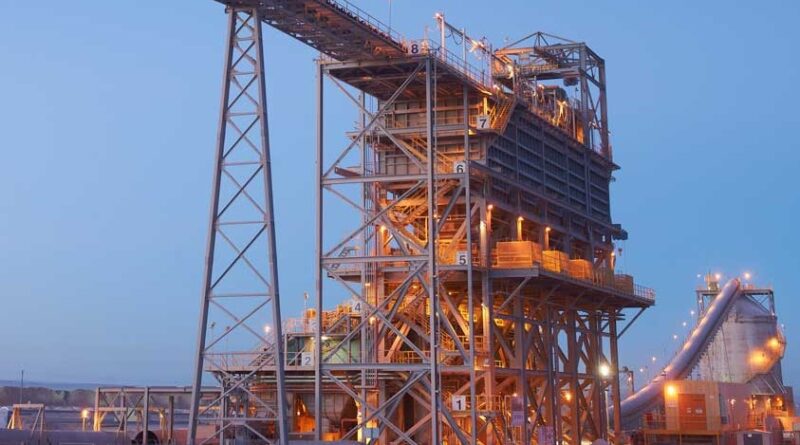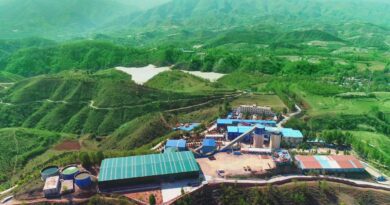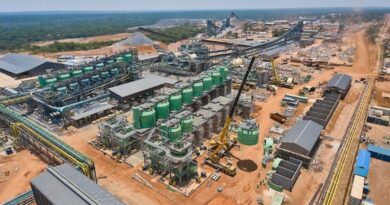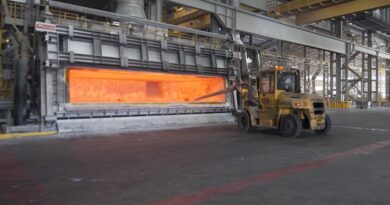BHP’s copper production dives by five per cent
AUSTRALIA – According to the Operational Review for the Half Year Ended 31 December 2020, BHP’s total copper production decreased by five per cent to 841 kt. Guidance for the 2021 financial year narrowed to between 1,510 and 1,645 kt from between 1,480 and 1,645 kt.
For the December 2020 half year, the Chilean assets operated with a reduction in their operational workforces of approximately 30 per cent as a result of the comprehensive plan the company has implemented for COVID-19.
The operating environment across its Chilean assets is expected to remain challenging, with reductions in its workforce forecast to remain substantial during the March 2021 quarter.
Escondida copper production decreased by five per cent to 572 kt with record throughput of 386 ktpd, enabled by improved maintenance practices, offset by the impact of lower concentrator feed grade and lower cathode concentrator production.
As a result of the reduced operational workforce and the need to balance mine development and production financial year has been narrowed requirements, concentrator throughput continues to be prioritised over cathode production (approximately 30 kt impact on cathode volumes in the December 2020 half year).
Guidance for the 2021 to between 970 and 1,030 kt from between 940 and 1,030 kt. Production is also likely to be affected in the 2022 financial year by reduced material movement in the 2021 financial year. Guidance of an annual average of 1.2 Mt of copper production over the next five years remains unchanged.
Pampa Norte copper production decreased 22 per cent to 97 kt, largely due to planned maintenance at Spence and the impact of a reduced operational workforce due to COVID-19 preventative measures.
The Spence Growth Option achieved first production in December 2020. Guidance for the 2021 financial year remains unchanged at between 240 and 270 kt, reflecting the reduced operational workforce, the start-up of the Spence Growth Option and expected grade decline of approximately five per cent (previously expected to be approximately seven per cent but updated as a result of mine plan optimisation at Spence).
Olympic Dam copper production increased by 16 per cent to 99 kt, reflecting improved smelter stability and strong underground mine performance. The physical replacement and commissioning of the refinery crane remains on track to be completed in the March 2021 quarter.
Guidance for the 2021 financial year remains unchanged at between 180 and 205 kt. Production in the 2022 financial year is expected to be lower as a result of the major smelter maintenance campaign planned for the first half of the year.
Antamina copper production decreased by one per cent to 73 kt and zinc production increased by 78 per cent to a record 76 kt, reflecting lower copper head grades and higher zinc head grades. Guidance for the 2021 financial year remains unchanged with copper production of between 120 and 140 kt, and zinc production of between 140 and 160 kt.
The Spence Growth Option achieved first copper production in December 2020, with first production of molybdenum expected around the middle of the 2021 calendar year following completion of the molybdenum plant.
First copper sales are expected during the March 2021 quarter, while ramp up to full production capacity is expected to take approximately 12 months. The commissioning of the desalination plant and capitalisation of the associated US$600 million lease (approximate) also occurred in December 2020.




